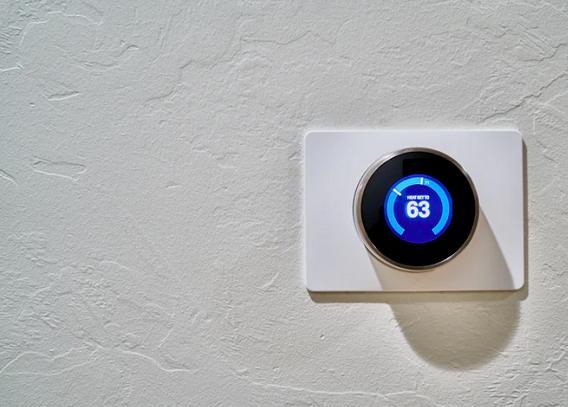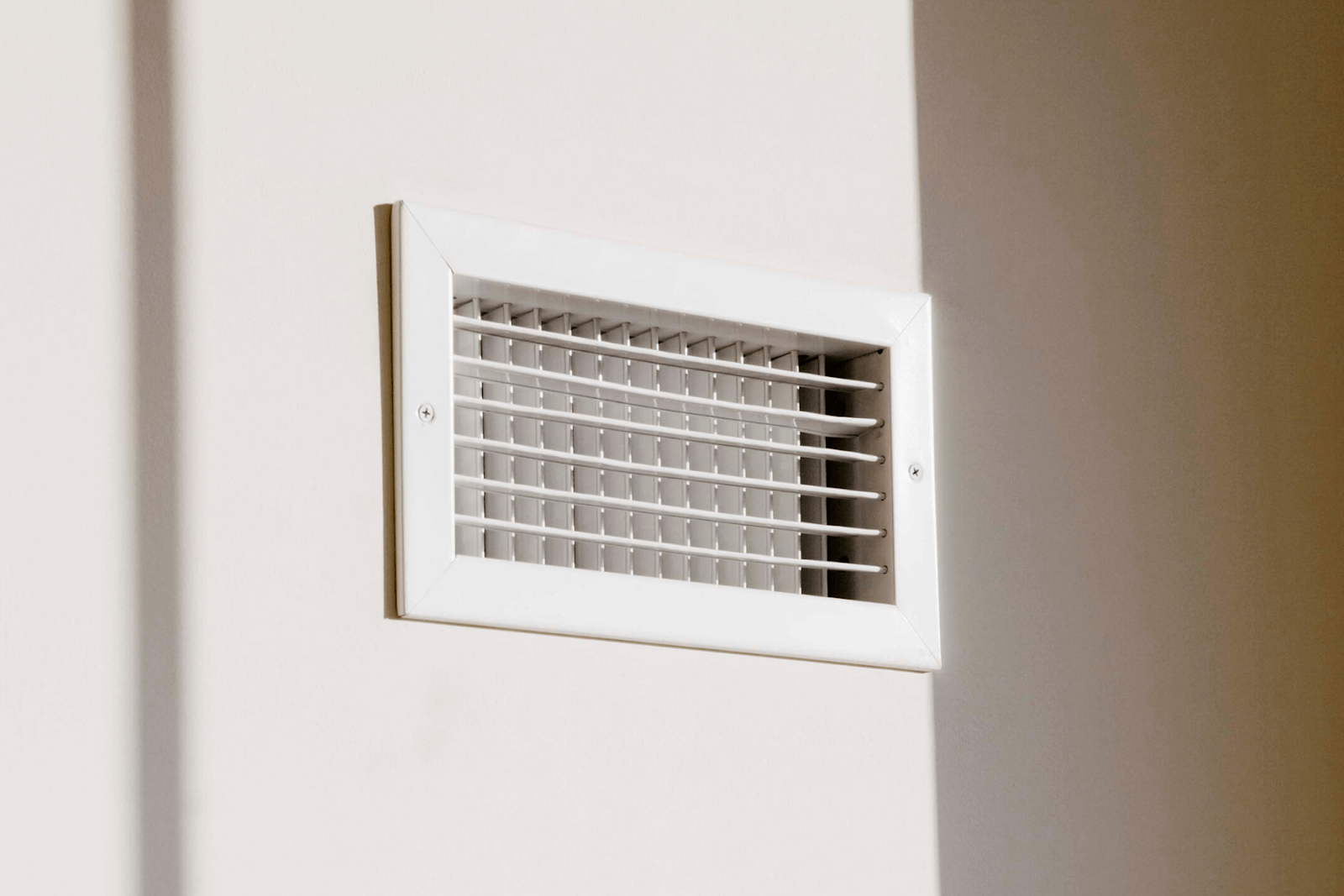How to Regulate Indoor Temperature
Feb 14 2020 Posted By Ontario Window Reviews

Do you have to stay out of certain rooms in your home because they’re too cold in the winter months no matter how much you crank the heat? What about sleepless summer nights because your bedroom is uncomfortably warm despite the air conditioning blasting? If this sounds like you, you’re in luck because there are some easy ways to make the entire house have regulated indoor temperature.
Here are some of the best ways you can regulate the indoor temperature of the house during the harshest seasons:
1. Adjust the Air Vents
The first thing you can do to regulate indoor temperatures in your home is to adjust your air vents temporarily or check to see if all of the air vents are not blocked. The problem with blocked vents is that most of the air will flow to the biggest area in the room, and it’s usually the living room. This is also a nifty trick if you want to focus the airflow somewhere – simply block some vents and redirect it to your preferred room.
If you have kids or pets in the house, make sure to clean the vent at least every month – they’re notorious for shoving all kinds of things in the vents, and it can either block or stink up the entire house. Vacuum the vents and rearrange your furniture to make sure there’s nothing blocking them.

2. Seal Your Windows and Doors Properly
Your windows and doors can be a major contributor to fluctuating indoor air temperatures. Not only will ensuring your windows and doors are properly sealed help regulate indoor temperature, but it can also save you money on electrical bills.
The weatherstripping on doors and windows deteriorates as it ages, creating gaps that let in cold or hot air during harsh seasons. Go for the best sealant brand for your windows and maybe replace them with reliable energy-efficient windows and double glazed windows for extra protection – this will be a good long-term investment. This will also keep the temperature inside the house regulated and comfortable during harsh climates.
3. Keep Fans on at All Times
The common mistake most Canadian households make is to leave the furnace fan on auto while the better option is to keep it on at all times. When it’s on auto, the fan will stop working after the heating cycle is completed – meaning some areas of the room will likely get cold during winter. By keeping it on, you will be able to keep the house warm throughout the night.
While keeping the fan on can increase your bill up to $5 a month during the year’s coldest days, it is still the best option compared to freezing during heavy winter.
Additionally, if you have a ceiling fan, this is also a good help in distributing warmth or coolness to other areas of the house.

4. Consider Getting Window Drapes, Shutters, or Blinds
Invest in heavy drapes for rooms that are warmer or cooler than the rest of your home. Getting dark and heavy drapes will make the room cooler during summer or warm during winter, retaining the ideal temperature in the room despite the harsh climates. Window shutters or blinds can also do the trick – as long as you keep it closed if you want to retain the temperature of the rooms.
If there’s a bit of sun during cold winters, draw your curtains and let in some sun – this will make the room a bit warmer. For better results, get some energy-efficient windows and double glazed windows to regulate the indoor temperature effectively.
5. Have Your Air Ducts Inspected and Cleaned
When there’s a leak, the airflow won’t reach all of the rooms. Your furnace will have to work double-time to make sure all of the rooms stay warm, and it can harm your electricity bill but with mediocre results. If your home’s ducts aren’t maintained, there will be a likelihood of emergency repairs every now and then which can be expensive.
Get your air ducts cleaned and checked at least monthly and invest in good quality air filter – it will last you a while and save you more in the long run. Keep the debris and the dust out of the ducts and enjoy a regulated indoor temperature.
6. Insulate the Attic
Most of us probably remember being taught in fourth-grade science that hot air rises. As the highest point in your house, the attic can be a major contributor to letting hot air escape from your home. When you insulate the attic, this will guarantee that the air will remain inside and won’t flow out or flow in. Since the attic is rarely visited (and often neglected), try to insulate this area of your home. Doing so will greatly help in regulating the indoor temperature of the house.

7. Invest in a Smart Thermostat for Your House
Welcome to the modern world where there’s a smart thermostat that caters to your every need. By strategically placing these around the house, you will be able to enjoy your comfortable temperatures at any season. Here are the perks of investing in a smart thermostat:
- It schedules the temperature changes accordingly throughout the day.
- It allows you to control the house furnace in just one device for the entire house, anywhere – some have special apps you can access through your phone!
- It works in a way that helps your home adapt to temperature changes.
8. Opting for Energy-Efficient Windows and Double Glazed Windows
These kinds of windows are known to keep the major drops and rise of temperatures outside – protecting your home from these fluctuations. Aside from keeping the cold air during winter and warmth during summer out, these windows are made from the highest quality of materials, effectively making them energy-efficient and avoids 30% of heat loss during winter. Energy-efficient windows and double glazed windows are the best ways to reduce electricity bills every month!
Regulating Your Home’s Temperature
These are the common ways you can regulate indoor temperature, along with proper investment to good materials like energy-efficient windows and double glazed windows to retain the ideal temperature during harsh seasons. See if these tips worked for you!
Recent Posts
Category
Archives
- December 2023
- November 2023
- October 2023
- September 2023
- July 2023
- June 2023
- May 2023
- February 2023
- January 2023
- December 2022
- October 2022
- September 2022
- August 2022
- July 2022
- June 2022
- May 2022
- April 2022
- March 2022
- February 2022
- January 2022
- December 2021
- November 2021
- October 2021
- September 2021
- August 2021
- July 2021
- June 2021
- May 2021
- April 2021
- February 2021
- January 2021
© 2023 Ontario Window Reviews - Windows & Door Companies. All Rights Reserved.

Leave A Reply